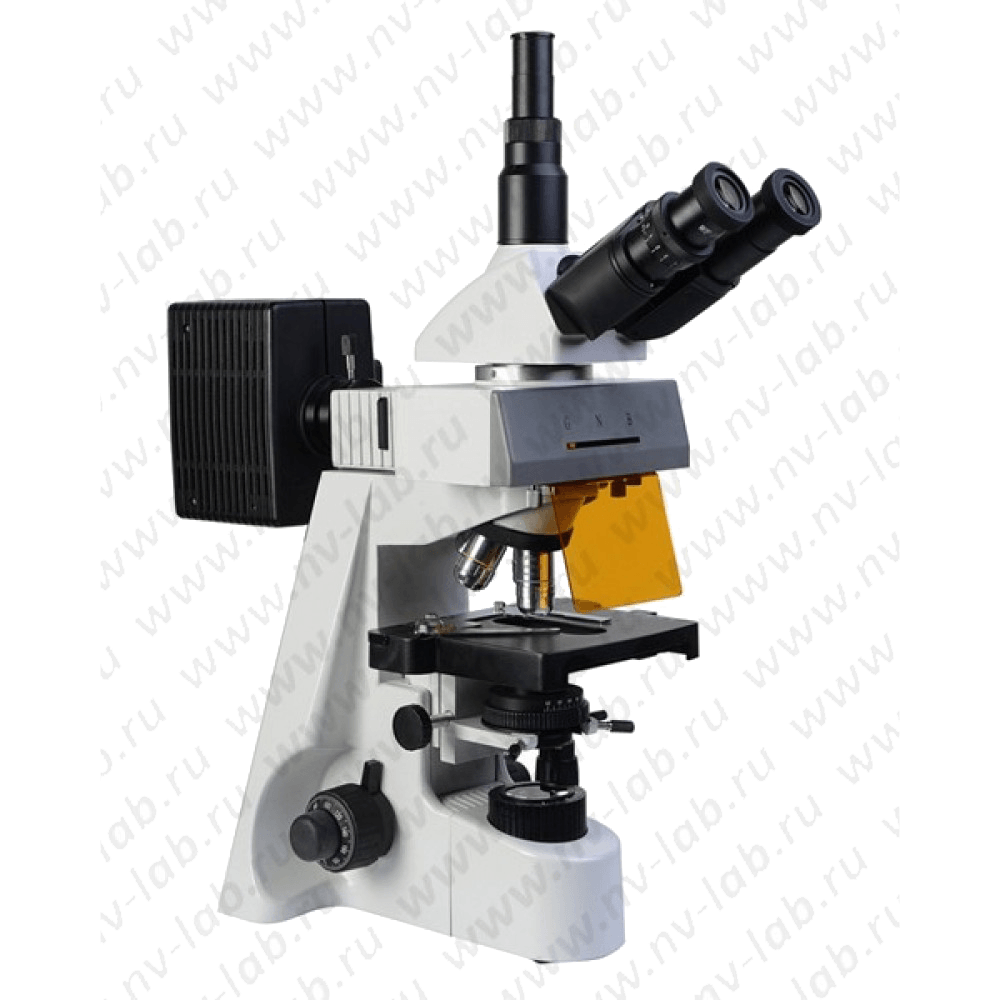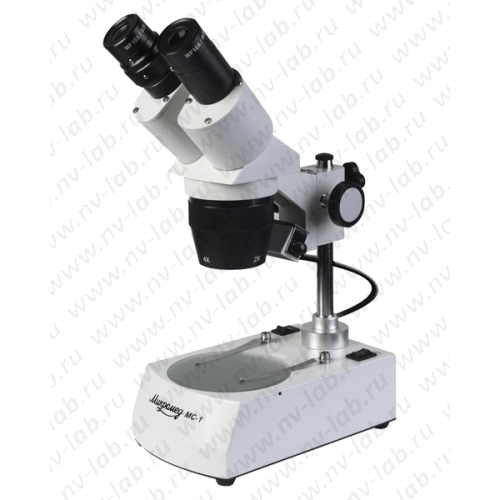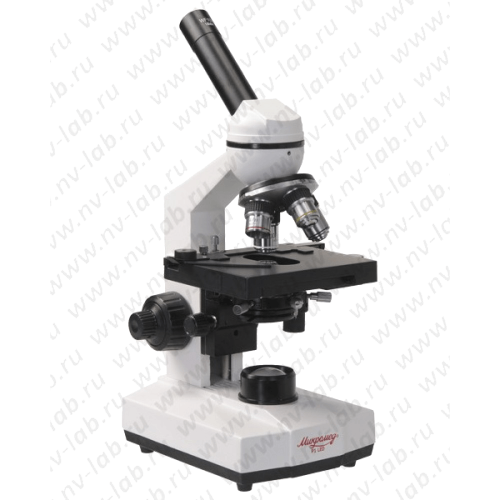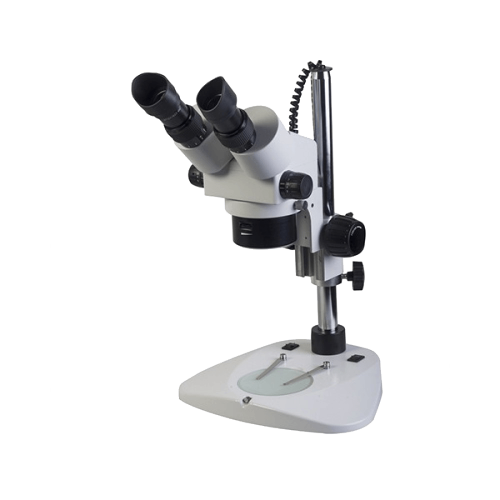Description
The trinocular luminescent microscope Mikromed 3 LYUM is designed to observe the image of objects in the light of visible luminescence, as well as in transmitted light in a bright field.
Applications:
• Medicine (morphological, cytological, molecular genetic, immunological, microbiological research methods);
• Biology
• Veterinary
medicine • Food and pharmaceutical industry
• Criminalistics
• In the field of sanitary and epidemiological surveillance
• In the field of environmental protection
• Geology
In addition to the possibility of studying objects in transmitted light (classical illumination according to Keller), the following types of studies are carried out using fluorescent techniques on a Micromed 3 LUM microscope: immunochemical, immunological, immunomorphological, immunogenetic.
In the process of researching drugs – blood smears, bone marrow, tissue sections, the following is carried out: detection of latent infections, such as chlamydia, ureaplasmosis, mycaplasmosis, herpes and others; as well as:
• detection of differentiation antigens T and B of lymphocytes, atypical blood cells;
• express diagnostics of bacterial, viral, protozoal, etc. infections;
• determination of antinuclear factor, etc.;
• immunochemical diagnostics of leukemias;
• chromosome analysis.
The microscope includes: a tripod with lamps of light sources, a revolving device for fastening lenses, an object table and a condenser; trinocular head; mercury lamp power supply; set of lenses; eyepieces and filters; Spare parts; accessory kit.
The principle of operation of the microscope is based on the use of the phenomenon of luminescence of observed objects, which occurs under the action of light of a certain spectral composition. Illumination of objects for excitation of luminescence is carried out from above through the opaque window and the objective of the microscope. The light source is a mercury lamp. The light necessary to excite luminescence is separated from the total radiation of a mercury lamp using light filters, conventionally called excitation filters.
The light is directed into the lens by a beam-splitting plate with an interference coating, which mainly reflects the excitation light and transmits the luminescence light of the object. The excitation filter, beam splitter and cutoff filter are combined into a fluorescent block.
Technical characteristics of the microscope Mikromed 3 LUM:
| Microscope magnification, times:
Fluorescent block: Light source: Power supply – AC |
the smallest – 40x
largest – 1000x – for various methods of fluorescent analysis in microscopy – spectral range of luminescence excitation, nm: 410-550 – spectral range of the investigated luminescence, nm: 515-700 – filter system in the main unit: 2 excitation filters, dichroic mirror, 2 cut filters – filter units: B (blue), G (green), N (transmitted light) – protective screen – mercury lamp 100W – mains supply 220 V 50/60 Hz |
| visual nozzle
The angle of inclination of the visual attachment, deg.: Enlargement of the visual attachment Revolving device: |
Trinocular
45 1 Reversing revolver for four lenses |
| Objectives: E Plan (tube length is designed for “infinity”) | 4x/0.10 ∞/0.17
10x/0.25 ∞/0.17 40x/0.65 ∞/0.17 (spring loaded) 100x/1.25 MI ∞/0.17 (spring loaded) |
| Pupillary Distance Adjustment
within, mm: Diopter compensation: |
55-75
+/- 5 diopters |
| Wide-field eyepieces, x/field | WF 10x DIN 22 |
| Centerable Abbe condenser with iris diaphragm and filters
Focusing: Nonius micrometric focusing mechanism: Ability to work with both hands: |
Height-adjustable, with iris diaphragm, nA 1.25, with filter holder
– coaxial screws for coarse and fine focusing – built-in focus lock mechanism to protect the preparation and quickly adjust when changing it – smoothness adjustment mechanism – rack-and-pinion focus mechanism – 0.002 mm There is |
| Subject table | Rectangular size 180x150mm
handle of the drug driver on the right |
| Range of preparation movement, mm:
Tripod: |
75×50
metal, with rubber feet, painted with refractory enamel |
| Transmitted light source: | Halogen lamp 6V, 20W |
| Power supply:
circuit breakers |
Built-in tripod power supply
220V 50Hz 1 A |
| Working temperature:
Humidity: |
18 – 35°C
less than 80% |
| Mass of the microscope together with the block, no more than, kg
Power supply weight, kg: Overall dimensions, mm: |
9.8
1.5 without packaging: 220x270x510 in the package: 370x460x520 |
Advantages:
– Ergonomic design of the tripod with coaxial handles for coarse and fine focusing
– Improved image quality and comfort of observation of the object under study due to the use of high-quality optics, providing a flat and increased field of view of the microscope up to 22 mm.
– Possibility of using visualization systems
– Low price for a microscope due to economical basic configuration





